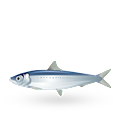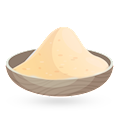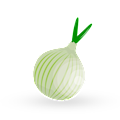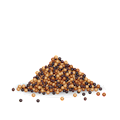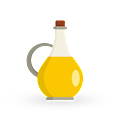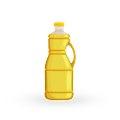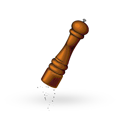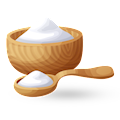MAIN INGREDIENTS
Brathering is a traditional fish dish originating from Germany, consisting of marinated fried herring. Fresh herrings are rolled in flour or breaded, pan-fried, and marinated in a mixture of white wine vinegar, onions, sugar, salt, pepper, mustard seeds, and bay leaves.
The dish is traditionally served cold, and it’s typically accompanied by fried potatoes, rösti, or potato salad. The herrings can also be used in sandwiches, and nowadays canned brathering can be bought in most stores. The dish is usually enjoyed for lunch or as a snack at street food stands.
MAIN INGREDIENTS
Handkäse mit Musik is a German dish originating from Hesse. It consists of hand-formed handkäse (sour milk cheese) that's topped with raw onion vinaigrette. The onion marinade stands for music (Musik) from the name, which comes in the form of flatulence caused by consuming raw onions.
However, the real reason why it has music in its name is because in the past, the onions were served on the side, while vinegar and oil were served in tiny jars that made music while the servers carried them on a plate. The dish is often served only with a knife, and it's typically accompanied by bread, caraway seeds, and apfelwein (apple cider) on the side.
MAIN INGREDIENTS
Halve hahn is a Rhenish sandwich consisting of a split rye roll (röggelchen) that is typically buttered and topped with a thick slice of medium-ripe gouda cheese, pickles, and raw onions. Mustard is commonly added as well. It is popular throughout the Rhineland, especially in the cities of Cologne and Duesseldorf, where it can be found at most restaurants, pubs, and beer gardens.
The origins of this dish are debated, but halve hahn most likely originated from Cologne in the 1870s. It is eaten as a snack between gulps of kölsch beer.
Butterkuchen is a simple cake that is mostly sold in bakeries and typically enjoyed with afternoon coffee. In some parts of Germany, it has become such an integral part of life that it’s served for special occasions such as weddings and funerals. Butter cake, as the name translates, is made with yeasted dough consisting of flour, sugar, butter, and milk.
The dough is thinly rolled out in the shape of a rectangle, then poked in order to appear dimpled. Those little holes are filled with butter shavings or small butter cubes, and the entire cake is sprinkled with vanilla sugar and chopped almonds.
TasteAtlas food rankings are based on the ratings of the TasteAtlas audience, with a series of mechanisms that recognize real users and that ignore bot, nationalist or local patriotic ratings, and give additional value to the ratings of users that the system recognizes as knowledgeable. For the “4 Worst Rated German Snacks” list until April 19, 2025, 1,361 ratings were recorded, of which 1,195 were recognized by the system as legitimate. TasteAtlas Rankings should not be seen as the final global conclusion about food. Their purpose is to promote excellent local foods, instill pride in traditional dishes, and arouse curiosity about dishes you haven’t tried.



